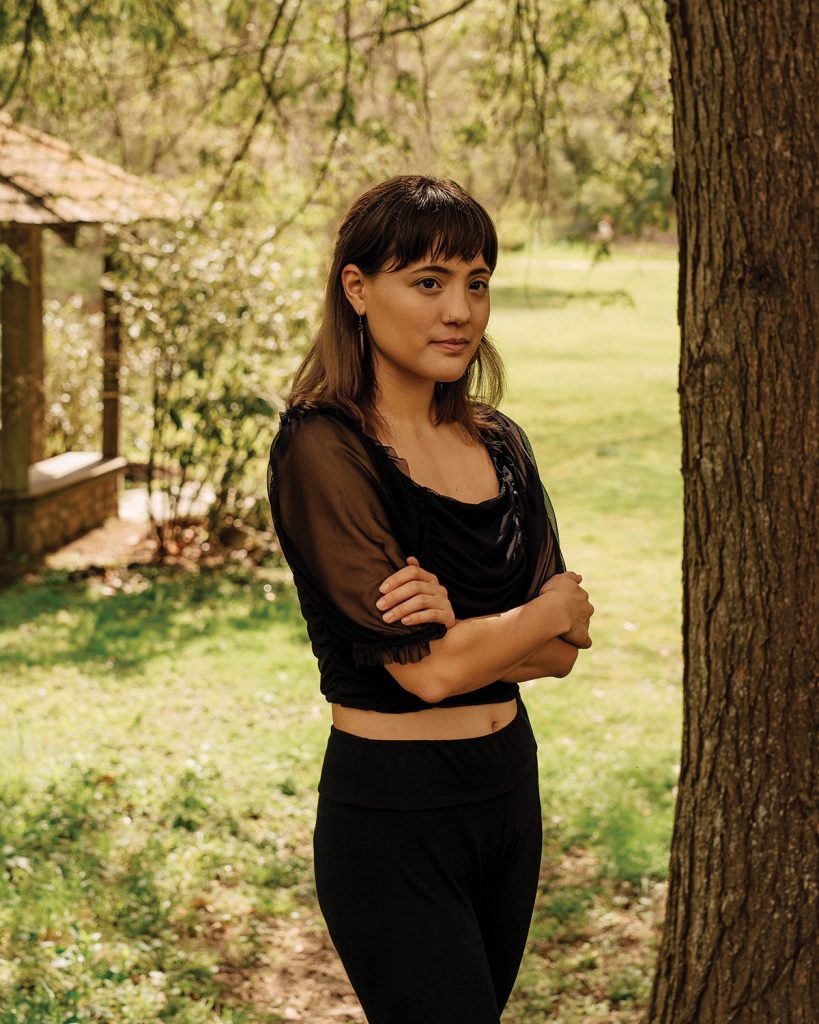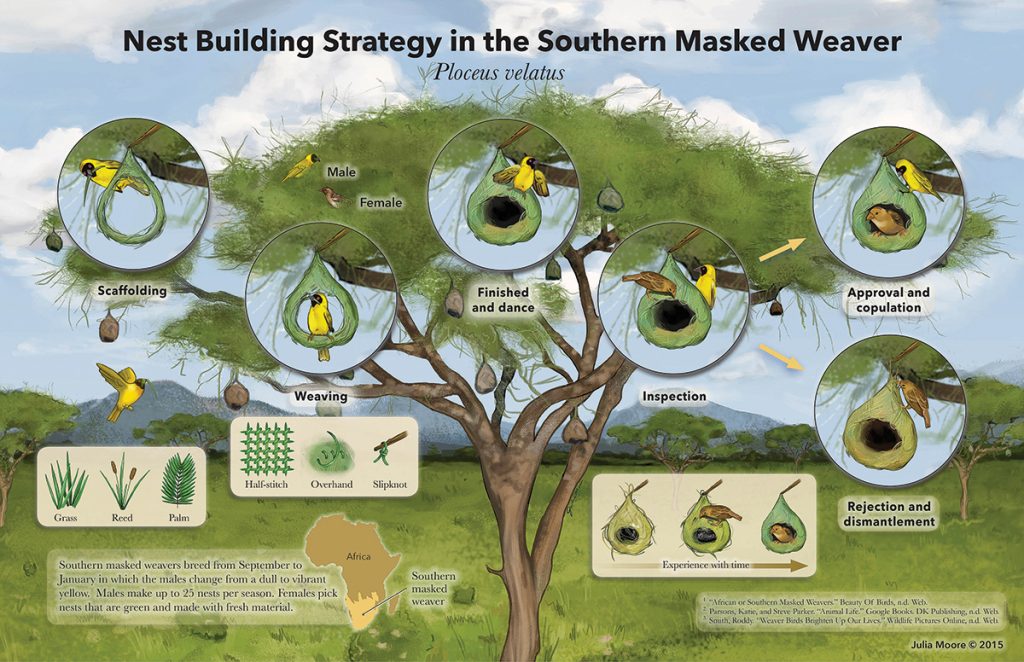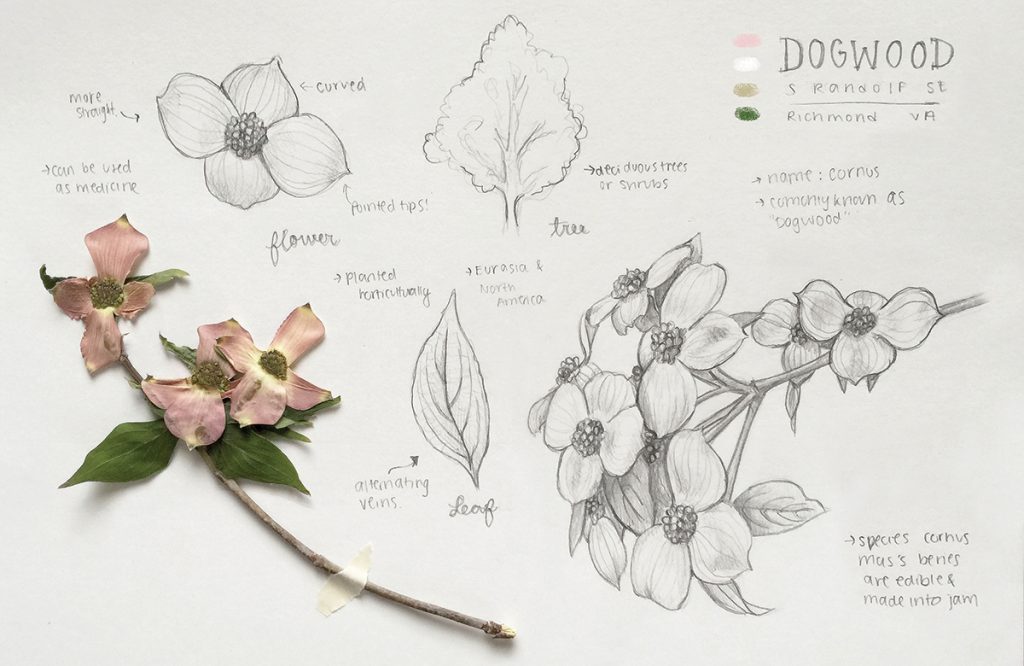
Portrait by Clark Hodgin
Curiosity is an essential piece of any artist’s toolbox, and for Asheville illustrator Julia Moore, it began in childhood, building forts in the woods. “I loved figuring out how to build things with natural materials, and I was always curious how the natural world worked.”
Unlike other early fort builders, though, Moore today is a nationally respected medical and science illustrator. Her work in scientific journals accompanies articles such as “Satiated Fish Swim at the Back of the Pack” and “How Trees Fare in Big Hurricanes.” It also appears in textbooks, digital forums, and even in courtrooms, where her precise anatomical renderings often figure in malpractice and personal-injury litigation.

Indeed, most of Moore’s work isn’t what people seek to hang on their walls — meticulously detailed renderings of forearm-amputation surgery and peritoneum inflammation, for instance. During her second year as an art student at Virginia Commonwealth University, she found herself watching hours of surgical videos on YouTube — just because. “I wanted to understand what was going on, and my boyfriend at the time pointed out the curious nature of this obsession,” she remembers. “He mentioned I should combine it with art.”

As it happened, the school offered a degree program in scientific and medical art and Moore quickly enrolled, adding courses in human anatomy and biology to her curriculum, including a course in cadaver dissection. “I would say that was one of the most profound classes I took during my college career,” Moore notes, “and I’m thankful for all of those who donate their bodies to the sciences so we can learn from them.”

Because her illustrations need to be highly detailed, accurate to the millimeter, and readily reproducible in a number of formats, most of Moore’s work is computer-based, with the illustrations she produces for use in legal proceedings the most challenging. Each piece has to be detailed enough to be enlarged to poster size for presentation to a jury in court. “These cases are based on patient-specific data, so I have to look through patient radiology to understand their specific anatomy — each person’s bones, muscles, organs, and injuries are different,” she explains. “Measurements and accuracy are very important in these cases, so they take a lot of revisions and corrections.”

Moore’s love of nature comes to the fore in her botanical and field art, much of it in watercolor or pen, and in the classes she teaches in botanical and field sketching, open to all skill levels. “The first thing beginners have to learn is how to observe and see shapes in objects,” she says. “I think a lot of people who are intimidated by art get overwhelmed by the details. But I’ve taught artists that have been in the field for many years, along with others who haven’t drawn since art class in grade school.” Future plans include adding to her two-hour introductory classes with a more formally structured, multi-month curriculum for intermediate to advanced students.
Meanwhile, she’s still exploring. “I haven’t created any illustrations for book-dust jackets [yet] — but I would love to.”
Julia Moore Scientific & Medical Illustrations, Art Garden AVL, artgardenavl.com. For more information about the artist, see mooreillustrations.com; for a current schedule of Moore’s field and botanical sketching classes, e-mail xjuliamoore@gmail.com.